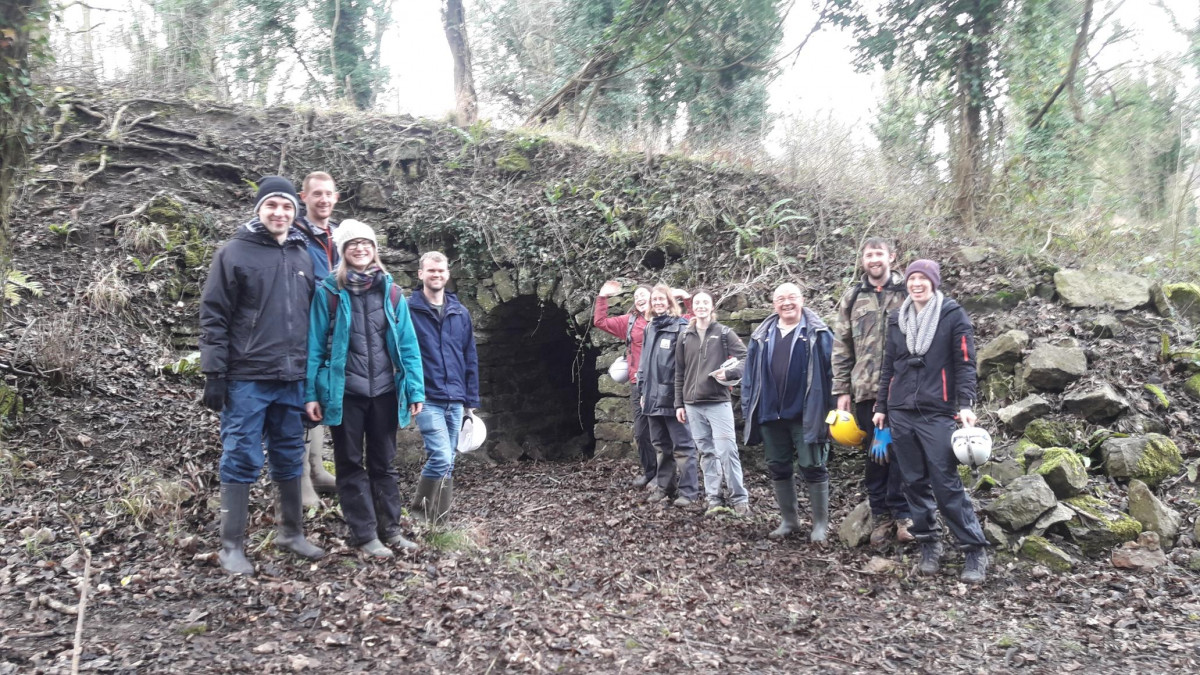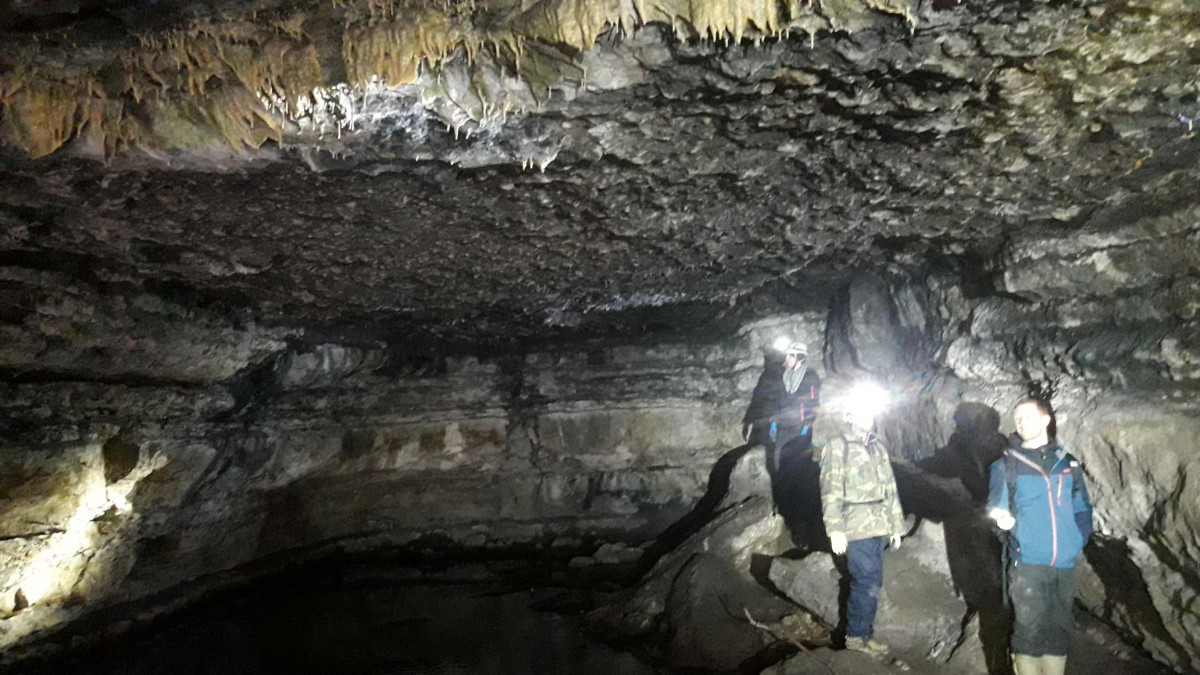The Ticknall site is a woodland block to the south of Ticknall village and is part of the National Trust Calke Abbey site
The woodland hides the remains of a 8ha SSSI and industrial archaeology site, the remnants of the limestone mining and processing that was started in the 1400’s when it was found that when limestone was spread on grassland it produced more growth. That site gained greater importance in later centuries with the use of limestone to produce lime mortar on site by burning in in pit and kilns.
Of interest to us in terms of bats is a number of structures remaining on site that provide potential for hibernation along with the natural stone stores and small caves where bats are sometimes found. In 2015 8 Schwegler boxes were added to the site following a donation from a National Trust volunteer.
10 members found their way to meet me on site at 10am and for most it was their first visit to the site so following a welcome and intro to the site, I ran through the risk assessment with them then also added that with the very mild spell of weather we were in not to have high expectations of finding many (or any!) bats.
We made our way through the site to the west side, to the 160m tunnel that crosses under the Calke Abbey Parkland. Diligent searching by all eventually produced a single brown long eared bat in a crevice, low down on the wall. The bat was easily identified as it had its ears up and was obviously not in any kind of torpor and all had a good view of it. There were also 9 Peacock butterflies and 8 Herald moths hibernating on the tunnel wall
The kilns and powder store didn’t reveal any bats this time but the highlight (for me) is the scramble down to be able to look around one of the features called a ‘dripping well’. This underground cavern is where the best limestone was tunnelled out rather than the whole depth of the face being excavated. This has created a magical space with the ceiling made up of a layer of large fossil shells and the addition of the water body completes the picture. Despite searching again no bats were seen but a count of a further 35 Herald moths was made.
Thanks to all that attended
Bill Cove, Chair.


